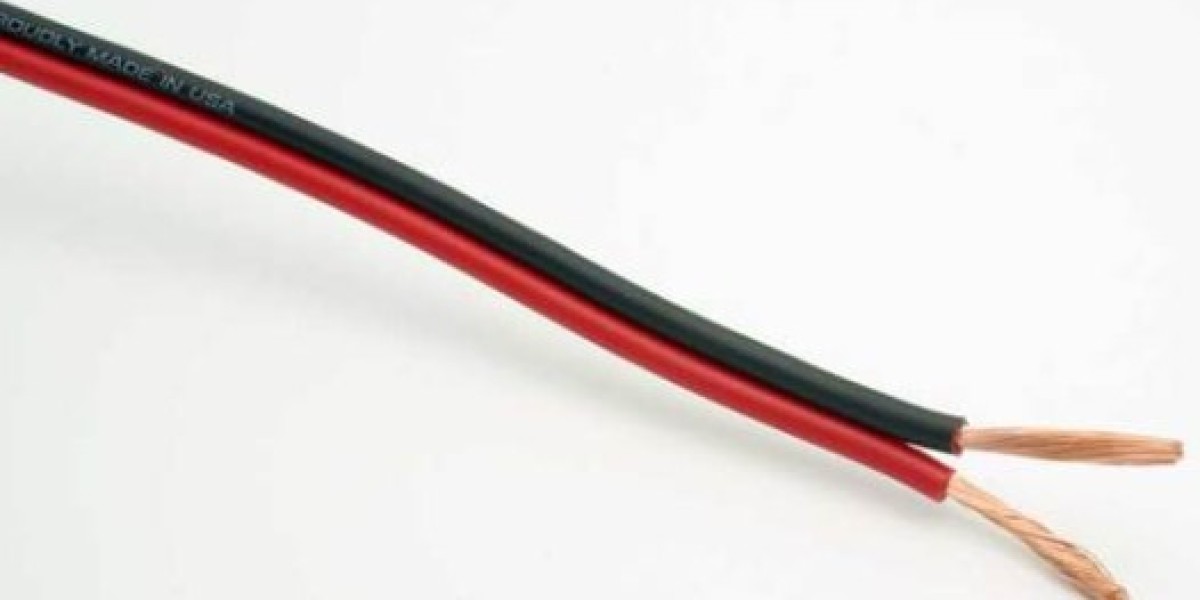It's a crisp autumn evening, and you've just unboxed your brand-new home theater system. The excitement builds as you connect the speakers, twisting wires with eager hands. But as the first notes of your favorite playlist fill the room, something's off—the bass is muddled, the highs are flat, and the soundstage feels inverted. In a panic, you double-check the connections, only to realize you've swapped the polarities on your speaker wires. This common tale of audio woe highlights a fundamental question that plagues DIY enthusiasts and audiophiles alike: in red and black speaker wire which is positive? Through this storytelling lens, we'll dive into the world of speaker wiring, demystifying polarity to ensure your setup sings with clarity.
Why Polarity Matters in Speaker Wiring
Speaker wire polarity isn't just technical jargon; it's the key to unlocking optimal sound performance. When you connect speakers to an amplifier, the wires carry electrical signals that make the speaker cones move in and out, producing sound waves. If the polarity is reversed—meaning the positive and negative terminals are swapped—the speakers might push when they should pull, leading to phase cancellation and diminished audio quality.
The Basics of Speaker Wire Construction
Speaker wires are typically composed of two conductors: one for the positive signal and one for the negative (or ground). These are often color-coded for ease of identification. In most standard setups, the wire comes in a paired configuration, with insulation that helps prevent short circuits. The gauge (thickness) of the wire also plays a role, but polarity ensures the signal flows correctly.
Common Issues from Incorrect Polarity
Reversing polarity can cause subtle yet noticeable problems, such as reduced bass response or a "hollow" sound. In multi-speaker systems, like surround sound, mismatched polarities can disrupt the immersive experience, making movies feel disjointed or music lose its rhythm.
Identifying Positive and Negative in Red and Black Speaker Wire
When it comes to red and black speaker wire which is positive, the convention is straightforward and widely adopted across the audio industry. Red typically denotes the positive conductor, while black represents the negative or ground. This color-coding system stems from electrical standards where red often signifies "hot" or positive, and black indicates neutral or ground.
Industry Standards and Conventions
Audio manufacturers, from brands like Bose to Pioneer, adhere to this red-positive, black-negative rule to maintain consistency. According to guidelines from the Consumer Electronics Association, this standardization helps prevent errors during installation. However, always check your equipment's manual, as rare exceptions might exist in custom or vintage systems.
Visual and Textual Cues on Wires
Beyond color, many speaker wires feature additional markers. Look for printed text like "+" or "-" signs on the insulation, or ridges on one side of the wire pair. The smooth side is often positive, while the ridged side is negative. These cues reinforce the red and black speaker wire which is positive distinction, making setup foolproof.
Step-by-Step Guide to Connecting Speaker Wires Correctly
Proper connection starts with preparation. Strip about half an inch of insulation from each wire end using a wire stripper, ensuring no stray strands that could cause shorts.
Preparing Your Equipment
Turn off your amplifier and speakers before connecting. Identify the terminals: amplifiers usually have red (+) and black (-) binding posts. Match the wire colors accordingly—red to red, black to black.
Testing for Polarity
If unsure, use a simple battery test. Connect the wire ends to a 9V battery: the speaker cone should move outward when the positive wire touches the battery's positive terminal. Tools like multimeters can also verify continuity and polarity.
Troubleshooting Common Mistakes
If sound issues persist post-connection, swap the wires at one speaker and listen for improvements. This phase test can quickly resolve polarity mismatches without tools.
Benefits of Correct Polarity in Audio Systems
Getting polarity right enhances overall system efficiency. Correctly wired speakers deliver tighter bass, clearer mids, and sparkling highs, maximizing your investment in quality audio gear.
Enhancing Sound Quality
In home theaters, proper polarity ensures dialogue is centered and effects are spatially accurate. For music lovers, it preserves the artist's intended mix, avoiding phase issues that dull the experience.
Long-Term Equipment Protection
Mismatched polarity won't damage equipment but can strain amplifiers over time due to inefficient signal handling. Consistent correct wiring prolongs the life of your setup.
Advanced Tips for Audiophiles
For those delving deeper, consider bi-wiring or using banana plugs for better connections. High-end cables might use different colors, but the red-positive rule often holds.
Upgrading Your Speaker Wire
Thicker gauges reduce resistance for longer runs. Oxygen-free copper wires minimize oxidation, ensuring signal purity.
Integrating with Smart Home Systems
In modern setups with voice assistants, polarity remains crucial. Wireless speakers handle this internally, but wired components still require manual attention.
Conclusion
In the realm of audio setups, understanding red and black speaker wire which is positive is more than a trivial detail—it's the foundation of immersive high-fidelity sound. By following standard conventions where red is positive and black is negative, you avoid common pitfalls that can sabotage your listening experience. Whether you're a novice setting up your first system or a seasoned enthusiast tweaking for perfection, prioritizing polarity ensures every note and nuance shines through. So next time you wire up, remember this guide, and let your speakers truly come alive.








